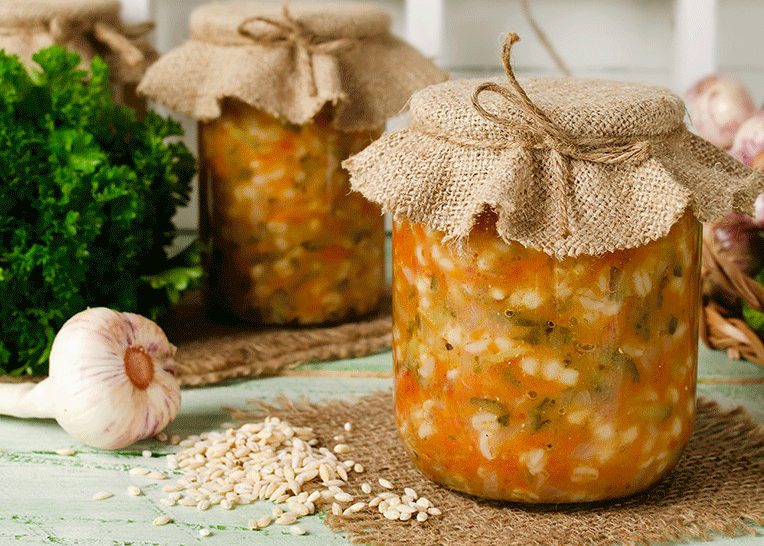Homemade Soups: easy to love

We all love that homemade soups are a great way to use those seasonal vegetables, stay healthy and stay warm on a cool fall day. But, did you know that making your own soup has many nutrition and economic benefits as well?
Food Waste
Making your own soup uses up vegetables that are likely sitting in the bottom of your vegetable crisper and helps to prevent food waste. According to Second Harvest, Canada’s largest food rescue organization, the annual cost of food loss and waste in Canada is $1,766 per household. Making soup is a great way to use up vegetables that would otherwise go bad in your fridge.
Many soup recipes use fall produce, which can help save on your grocery bill and is a great way to support your local Ontario farmers! You can make a large batch when fall vegetables are in season and freeze it to eat throughout the year. Using frozen vegetables is another great way to make an affordable soup without compromising flavour.
To further decrease food waste, try this: while preparing meals throughout the month, keep celery and carrot ends, vegetable peels and kitchen scraps in a bag in your freezer. Then simply add water and make your own vegetable broth!
Want an easy recipe for homemade broth? We found an easy step by step guide from Buzzfeed’s Tasty!
Health Benefits
Homemade soup lets you control the health benefits you are getting and prevent the things you don’t want. Store bought soups often add extra salt to help preserve the product and extra sugar to improve the taste. With your homemade soup recipes, you control how much sodium and sugar is added, which is great for those looking to manage their blood pressure, blood sugar and caloric intake.
Also, homemade soups allow you more control over the ingredients that are included, for preference or dietary restrictions. This is a great way to “trick” those picky eaters into eating healthy vegetables and grains. Canada’s Food Guide recommends that 50% of your diet should be vegetables, 25% should be whole grains and 25% should be protein. Barley Lentil Soup allows you to check off each requirement. Whole grains can easily be added by adding pot barley, wheat berries or rolled oats to your soup recipe.
Barley Lentil Soup includes hearty vegetables which provides our bodies with vitamins A and C, fiber and minerals like calcium, iron, magnesium, potassium and zinc.

Interestingly, the nutrients included in the vegetables are better absorbed when they have been cooked. Carrots for example have beta carotene, which is easier for the body to absorb when it is heated. Bone broths (like chicken) contain collagen and gelatin which has been linked to better joint health and strengthened immunity, great for the upcoming flu season! Read more about the benefits of Bone Broths in this article by Medical News Today.
Can Soup Actually Help a Cold?
Whenever your sick, you often think a bowl of soup will help you feel better, does science support this? Some research suggests that soup has anti-inflammatory properties which could ease symptoms of respiratory infections, but more research is still needed. When faced with a stuffy nose, many people think of drinking tea or using steam but smelling and sipping hot soup can actually be more beneficial. The aroma, spices and heat from soup can help clear sinuses and improve symptoms of infection, according to a study by Dr. Kiumars Saketkhoo, a pulmonologist. The many vitamins and minerals included in soup alone can help make you feel better and a water based broth can help prevent dehydration.
Easy to Love
Does science support soup as a cold fighting and curing food? More research is needed but its hard to beat a warm bowl of soup on a cool day. Plus, Ontario grains can be made into many different soups! Barley Lentil, Tofu Minestrone, Beef Barley Soup, and Homemade Tomato soups are the perfects recipes for a cool fall day.
